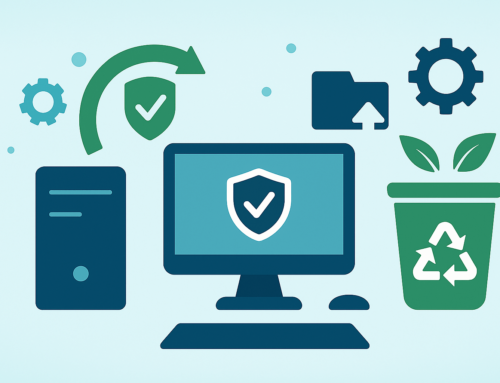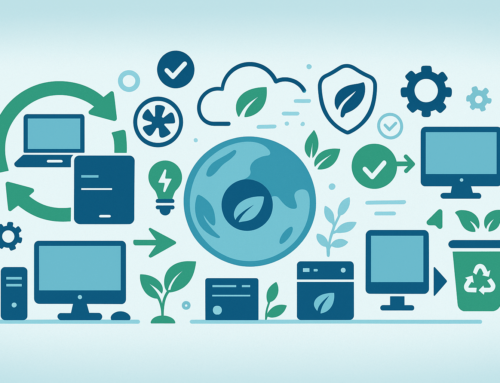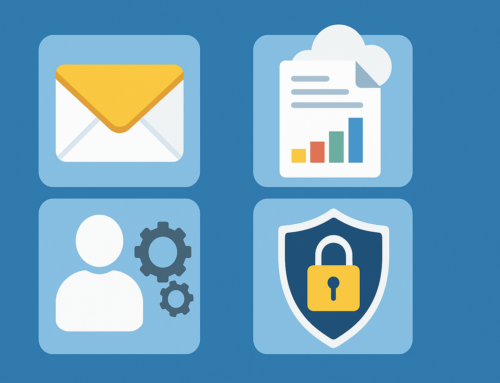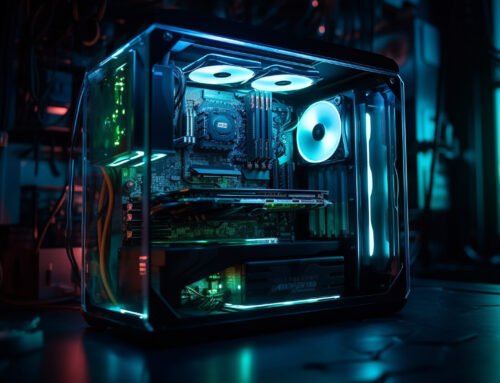Things to Keep In Mind When Building a PC
Have you ever wanted to upgrade your laptop’s memory but weren’t sure how? It’s not as difficult as it may seem – Changing the memory on a laptop is a relatively straightforward process, but there are a few important steps that need to be taken in order to ensure the new memory works properly.
In this article, we’ll walk you through the process of changing memory on a laptop and provide helpful tips to make sure your PC is ready for its new hardware.
Plus, we’ll also explore the different types of memory available for laptops so that you can make an informed decision when purchasing replacement components. Read on for more details!

What Is the Difference Between Building a PC vs Buying a Pre-built?
When it comes to building a PC vs buying a pre-built, there are a few key differences to keep in mind. First and foremost, when you build a PC yourself, you have the ability to tailor the machine exactly to your needs and wants.
This means that you can choose your own components, from the CPU and GPU to the motherboard & case, and put them all together to create a custom machine that fits your budget and performance requirements perfectly.
On the other hand, pre-built PCs offer convenience and peace of mind for those who don’t want to bother with putting everything together themselves. With a pre-built system, you know that everything is compatible and will work together without any issues.
Plus, most manufacturers offer some sort of warranty or support in case something does go wrong. However, you’ll generally pay more for a pre-built system than if you built it yourself, and you won’t have nearly as much control over what components are used.
The basics of computer parts: what are they and what do they do?
As you start to shop for parts to build your own computer, you’ll quickly realize that there are a lot of different options available, and it can be difficult to know where to start.
In this section, we’ll go over some of the basic parts that you’ll need to get started, as well as what they’re used for:
The Central Processing Unit (CPU) is the brain of your computer and is responsible for carrying out all of the instructions that make your computer work.
When shopping for a CPU, you’ll want to pay attention to its clock speed, which is measured in gigahertz (GHz). The higher the clock speed, the faster your CPU will be able to carry out instructions.
The Random Access Memory (RAM) is where your computer stores information that it needs quick access to. When shopping for RAM, you’ll want to pay attention to its capacity, which is measured in GB.
The more RAM you have, the more information your computer will be able to store and access quickly.
The motherboard is the main circuit board in your computer, and all of your other components will connect to it. When shopping for a motherboard, you’ll want to make sure that it has enough slots for all of the components you want to connect to it.
You’ll also want to pay attention to its form factor, which determines the size of your motherboard and therefore the size of your overall system.
The hard drive is where your computer stores all of its long -term data. When shopping for a hard drive, you’ll want to pay attention to its capacity, which is measured in GB or TB. The more storage space your hard drive has, the more data it will be able to store.
What You Need to Know and Consider When Building a PC
Building a PC can be a daunting task, but it doesn’t have to be. With a little research and planning, anyone can put together a great system. Here are some things to keep in mind when building a PC:
- Budget
- How much money do you have to spend on your PC? This is the first and most important question to answer, as it will determine what kind of components you can afford.
- Components
- What kind of components do you need? Do you need the latest and greatest graphics card for gaming? Or will a mid-range card suffice?
- Are you looking for a specific brand or type of CPU? Make sure to do your research on each component before making your final decision.
- Assembly
- Once you have all your components, it’s time to put them all together! If you’re not confident in your ability to do this, there are plenty of helpful guides and videos online that can walk you through the process step-by-step.
- Testing
- After everything is assembled, it’s time to power on your new PC and make sure everything is working properly. Check all the connections and make sure each component is functioning as it should.
- If something isn’t working right, don’t be afraid to troubleshoot or ask for help from someone who knows more about computers than you do.
Enjoy! – You did it! You’ve built yourself a great new PC! Now it
Things to Remember When Assembling Your Parts by Yourself
When assembling your PC, there are a few things you should keep in mind:
- Make sure all the parts are compatible with each other.
- Follow the instructions carefully.
- Use proper tools and techniques.
- Be patient and take your time.
- Keep your work area clean and organized.
What should I do after I build my computer?
Once you have your new computer all set up, there are a few things you should do to get it running smoothly. First, install all the latest updates and drivers. This will help ensure that your system is running as efficiently as possible. Next, create a backup of your system.
This way, if anything goes wrong, you can restore your system to its previous state. Finally, take some time to clean up your hard drive and keep it organized. This will help improve performance and keep your system running smoothly for years to come.
Building your own PC is a great way to get the most out of your gaming experience. By following our tips and doing some research, you can assemble a powerful machine that will suit all your needs.
Keep in mind the type of CPU and GPU you need, as well as other components such as RAM, storage, cooling systems, and more. With the right tools and knowledge on hand, building a PC won’t be too difficult or intimidating after all!




